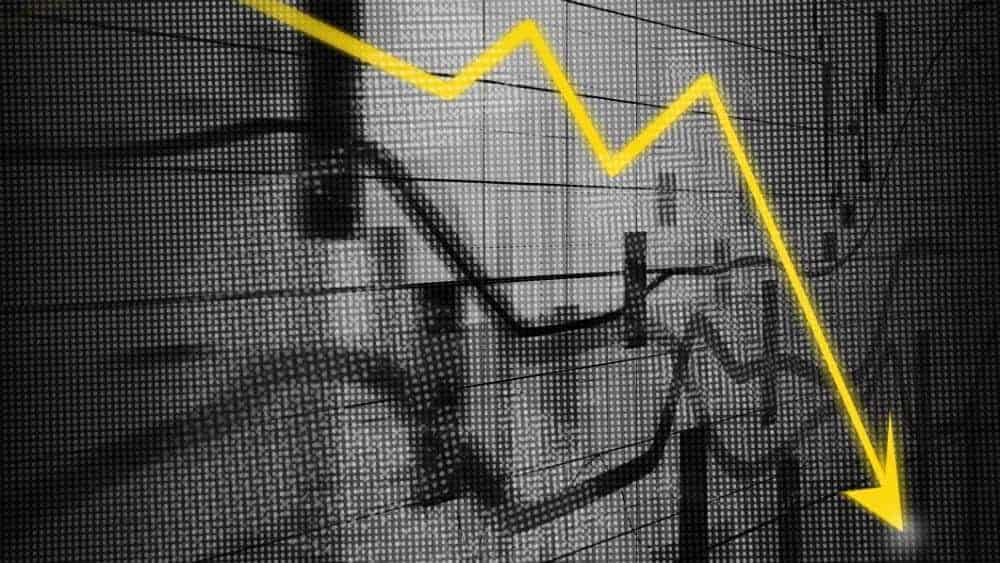For the first part of my mini-series, I explained what a recession is and gave a brief history of recessions. In this article, I will explore the indicators of a recession.
Generally speaking, there are five main indicators recognized by the National Bureau of Economic Research (NBER). This includes real GDP, real income, wholesale-retail sales, employment, and industrial production.
For this article, we will examine more prevalent statistics that fall into two major categories: leading indicators and lagging indicators.
Leading indicators
Leading indicators are those that change before the rest of the economy. They provide insight into the future of the economy. The most popular indicator is the yield curve.
The yield curve is the spread between two-year yields and 10-year yields, whereby two-year yields in excess of 10-year yields are tied to a recession and market instability. Recently, the yield curve inverted, which could suggest tumultuous times ahead.
The housing market is another leading indicator. When house prices decline, it suggests that supply exceeds demand, which means that prices will adjust downward. This could also be a consequence of a housing bubble, which furthers the price correction. The sub-prime mortgage crisis was the leading cause of the 2008-2009 recession, so housing prices are a very important leading indicator.
Decreasing housing prices result in decreased homeowner wealth, decreased construction jobs, decreased property taxes, and the potential inability to refinance or sell homes, which could lead to foreclosure.
Another popularized metric is retail sales. When the 2008-2009 recession occurred, sales in retail stores slumped, which lead to layoffs and perpetuated the recession.
Lagging indicators
Lagging indicators are signs that occur after a major economic change and confirm economic trends.
One of the easiest lagging indicators to understand is the unemployment rate. A high unemployment rate indicates that many people are jobless, which is obviously bad for the economy. A low unemployment rate indicates that many people have jobs, which is beneficial for the economy.
It should be noted that the unemployment rate will never be 0%, so 4-6% is generally considered acceptable for the Canadian economy.
Another popular lagging indicator is the Gross Domestic Product (GDP). Increasing GDP is a good sign, as it indicates a strong economy since businesses are producing goods and services readily consumed by customers. A decreasing GDP or, worse, a negative GDP indicate the economy is weak and potentially shrinking.
The final lagging indicator I will talk about is inflation, which is measured using the Consumer Price Index (CPI). The CPI tracks the price of a basket of goods the average consumer buys. High inflation decreases the consumer’s purchasing power, which leads to declines in the standard of living.
Inflation describes increasing prices, deflation describes decreasing prices (which is bad), and disinflation describes inflation but at a slower rate (not good but not as bad as deflation).
Summary
Leading indicators are time-tested signs that the economy is heading into a recession. Although the indicators are not always correct, it suggests that action needs to be taken to prevent further consequences to the economy.
Lagging indicators help to explain changes in the economy and occur after the fact. The indicators are beneficial, as recessions often last many months, so it is imperative to consider the effects to derive an appropriate solution.
Overall, leading and lagging indicators work in conjunction to determine the state of the economy. Join me tomorrow as we talk about investing in the stock market during a recession.
If you liked this article, click the link below for exclusive insight.



